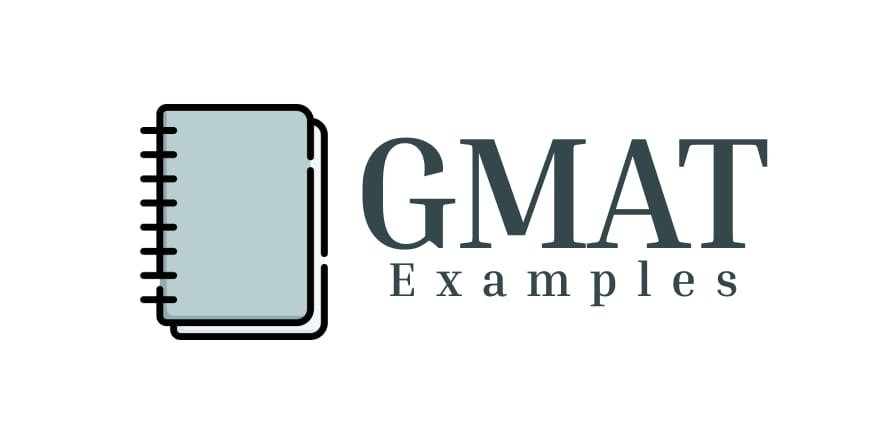GMAT Data Sufficiency is supposed to be one of the most tricky sections in the entire exam. A key algebra concept is pivotal to cracking and getting a solid grasp of this section. This section is part of Quantitative Reasoning.
Disclaimer: These questions are sourced from the Official GMAT Guide for 2021. I in no way claim to be the owner. The goal is to merely list some key questions and discuss the answer/approach to the problem.
The key goal of this section is to check the data sufficiency of statements given the problem statement and requirements. We need to answer if we can answer the questions using statements (1) and (2) or either of them. There are basically 5 sets of options.
- Statement (1) alone is sufficient but statement (2) is not sufficient.
- Statement (2) alone is sufficient but statement (1) is not sufficient.
- Both statements together are not sufficient, but neither statements alone are sufficient.
- Each statement alone is sufficient.
- Statements (1) and (2) together are not sufficient.
Number of Variables == Number of Equations ?
When solving equations of linear systems, there is a simple concept that to be able to solve for all variables in the system of equations, we need as many equations as the variables in the problem statement.
If the number of the variables are more than the equations, we will not be able to solve the equations and thereby not have sufficient data to be able to solve for the variables.
- 283: We know there are two classes and the number of assignments in each class is 7 and 5 respectively. We can label the classes as variables A and B.
- The combined sum is 85 assignments. The equation being 7*A + 5*B = 85.
- There are 10 students in class B. B = 10.
- We can simply replace B in equation 1 and be able to solve for A.
- We can solve the question but need both statements to answer for them so the answer is C.
- 284: We need to answer for the simple equation if Feb’s heating bill > Jan’s heating bill?
- Statement (1) tells us that Feb/Jan heating ratio is 26/25. This is sufficient info.
- The sum of heating bills is $183.6. This does not tell us the split.
- The answer is A since statement (1) is sufficient but statement (2) is not.

Using Geometrical Concepts
The core concept of having as many equations as the variables continues to be the same. But in some circumstances, we might need to derive the equations from known geometrical or mathematical properties.
- 286: We have the shape of the block mentioned and the volume needs to be determined.
- The lateral face has an area of 200 aka the area = Height*Breadth
- The top is square and the area = 400. Each side’s length thereby is 20.
- We know the breadth now and can compute the length using the statement (1)
- The answer is thereby C. Since Volume = Square Area*Height
- 287: This question requires a concept of LCM or least common multiple. The speed of work for each machine is a variable.
- Statement (1) tells us the relationship between the two machines and their speed.
- We know the speed of work done when using both machines.
- Two equations and two variables can be solved.
- We should be able to solve this question and the answer is C.

More GMAT Data Sufficiency Examples
- 289: We know there are 30 wallets.
- 1/3rd of the wallets being sold for $24 dollars tells us the price of 10 wallets.
- The lowest price is 1/3rd of the highest price.
- We cannot answer the answer until we know one of the highest or lowest.
- The answer is E.
- 290: We have 3 variables.
- Statement (1) is the relationship between H3 and H1.
- Statement (2) is the relationship between H3 and H2.
- We only two equations and 3 variables.
- The answer is E.

Conclusion
The best way to go about these problems is to identify the variables and the number of equations, we can form. Should the number of variables > the number of equations, we don’t have sufficient info else we do. Then simply identify if one, two or none can answer the equations.
Before we conclude so, sometimes the answer needs a value from a combination of variables and not all the variables in which case, one needs to be careful about the above rule being applied.
